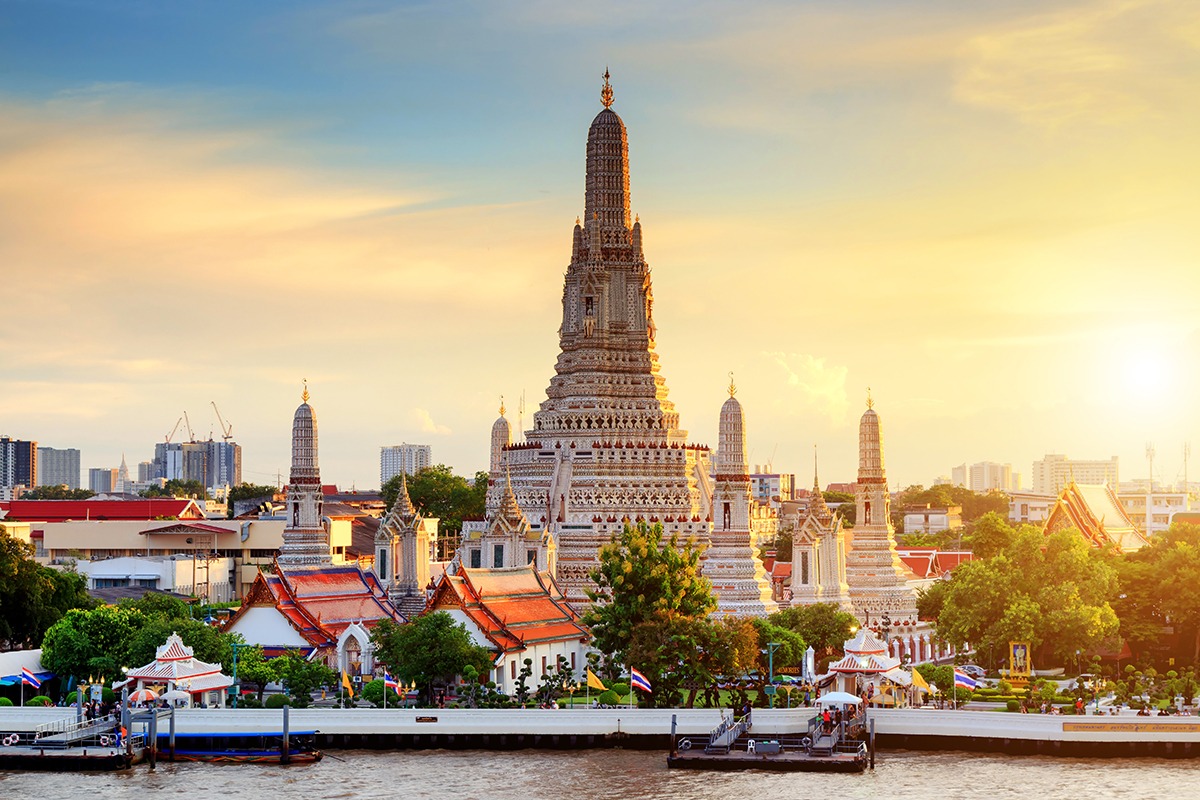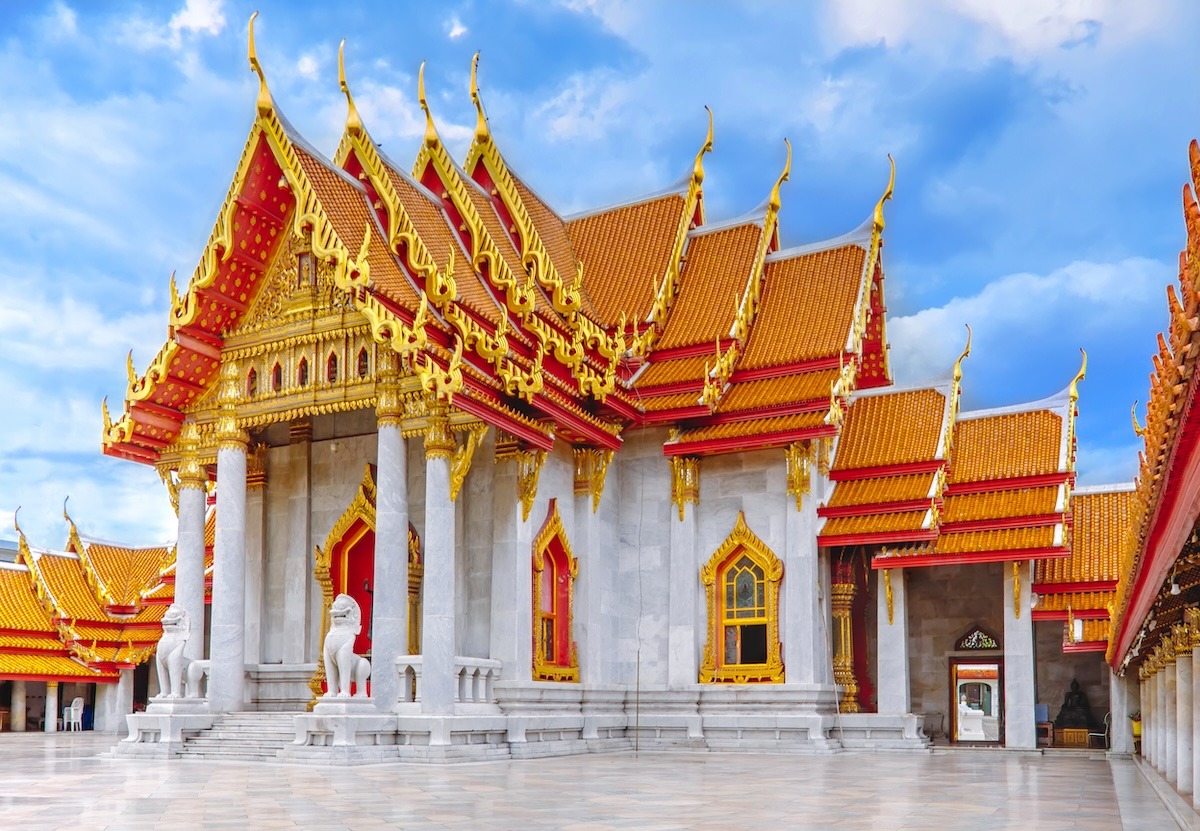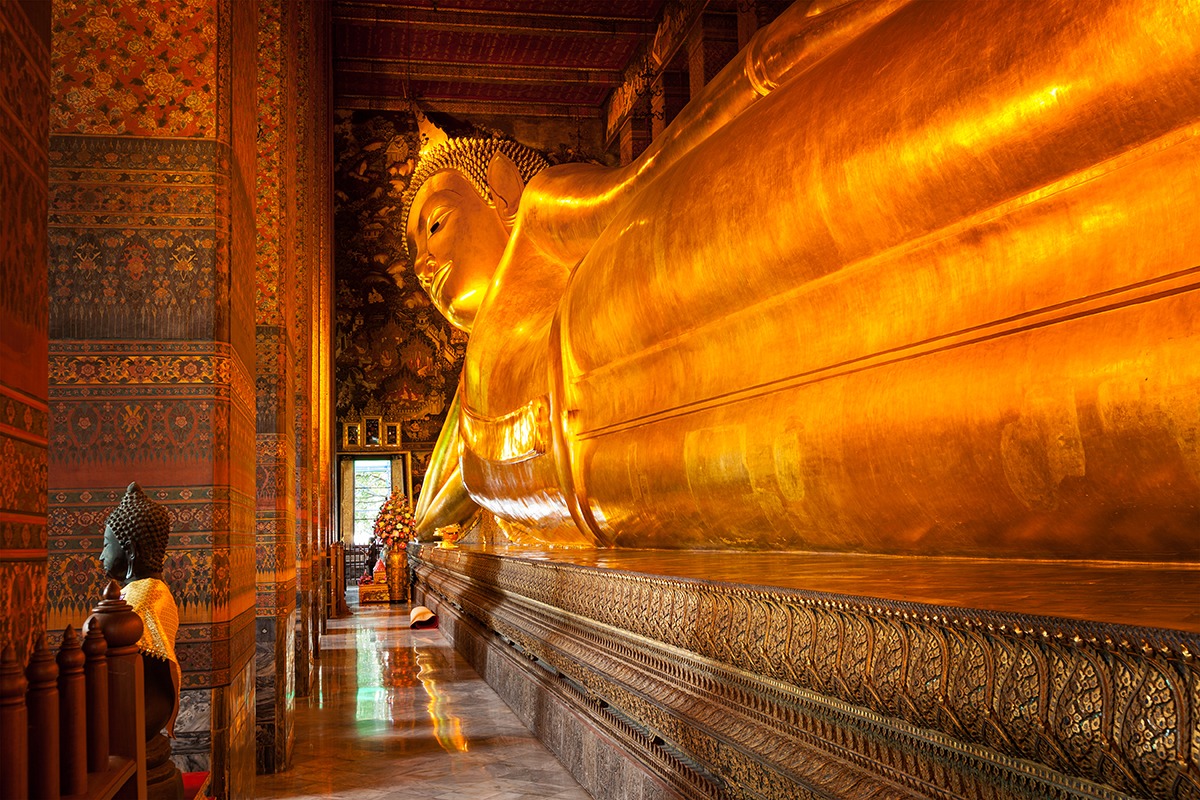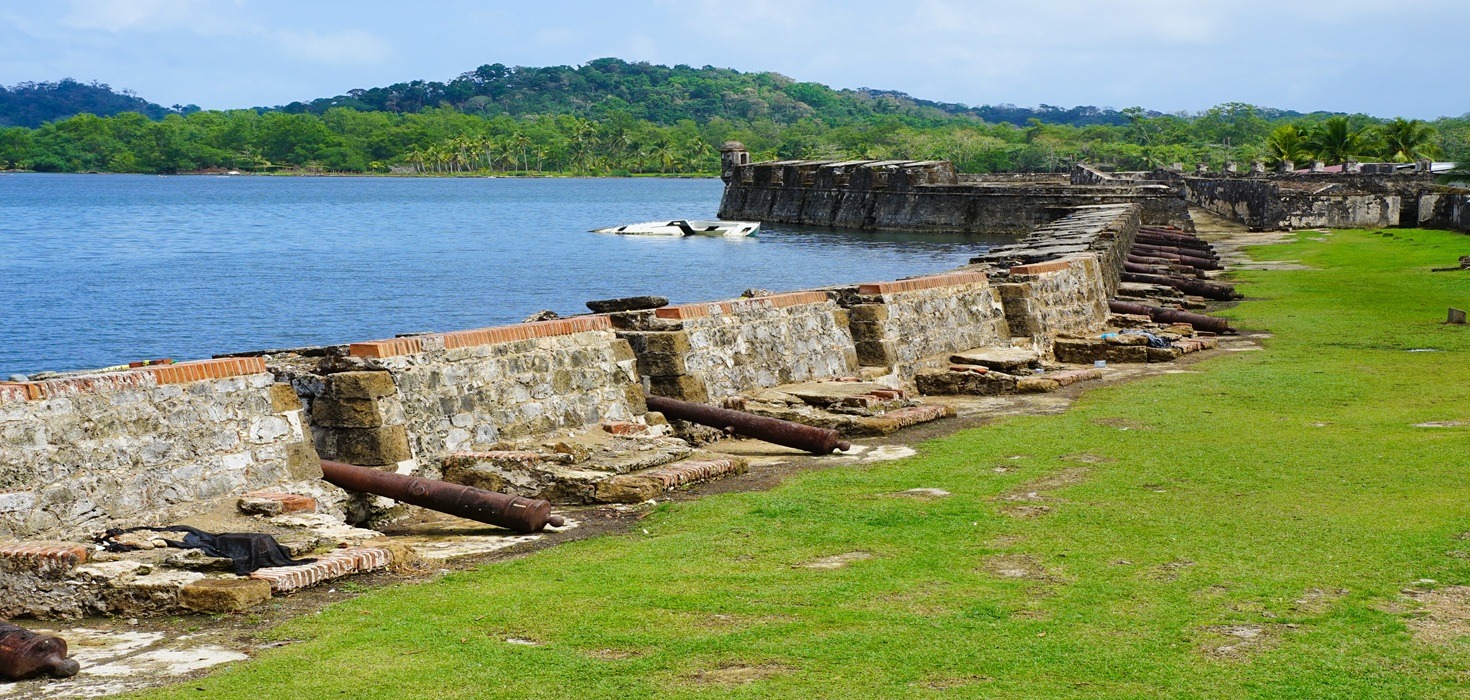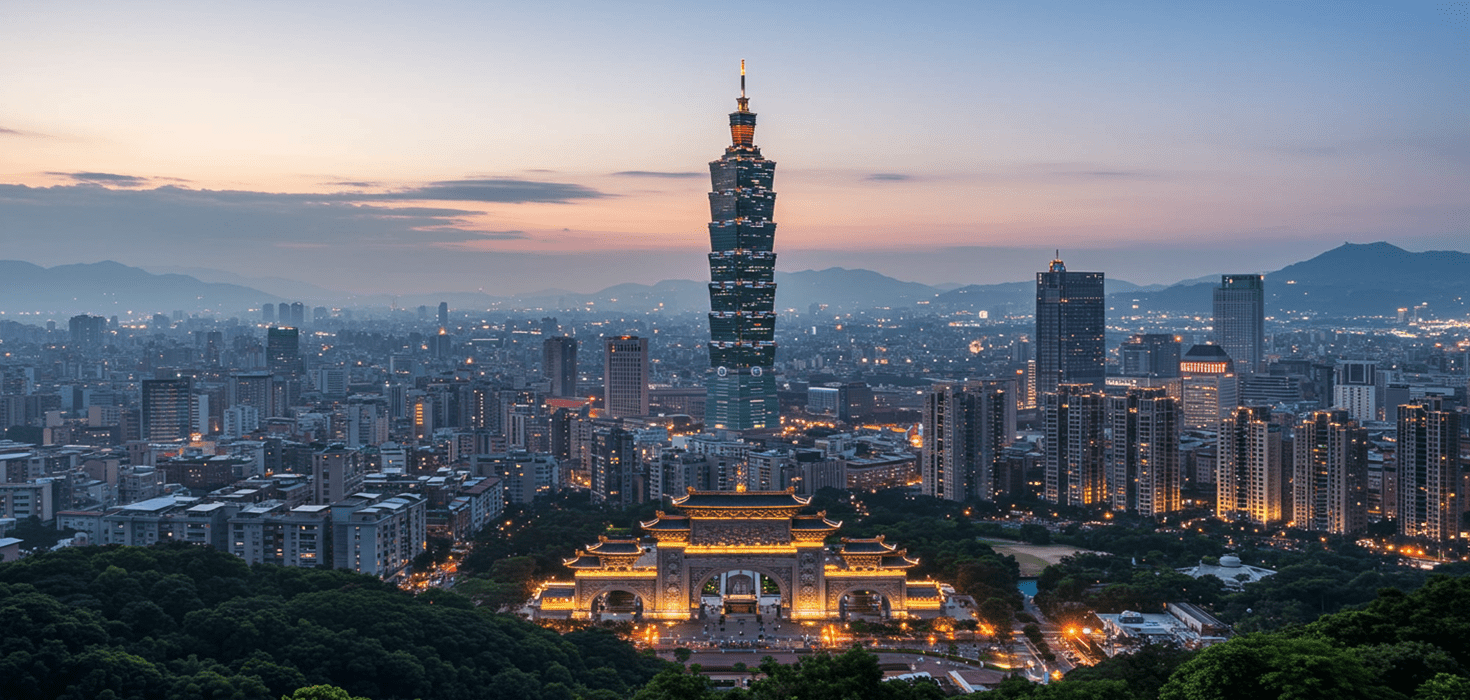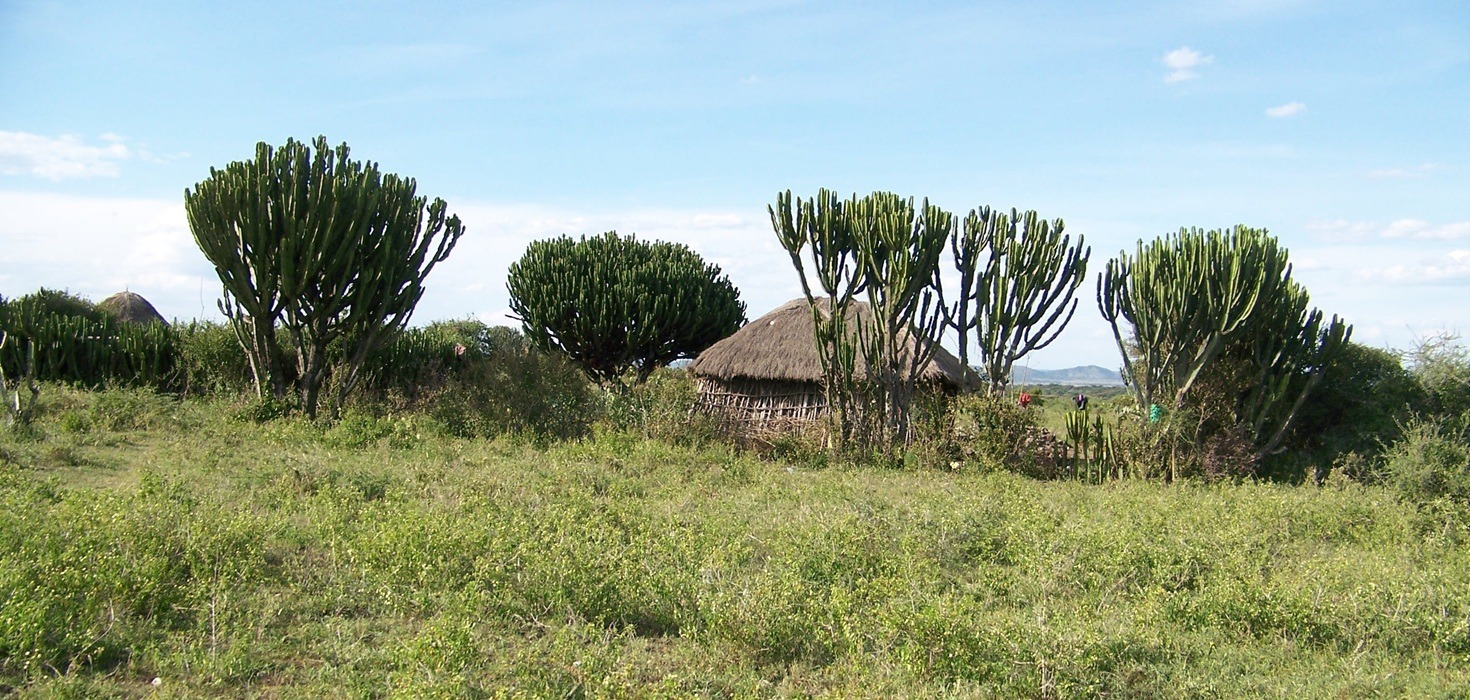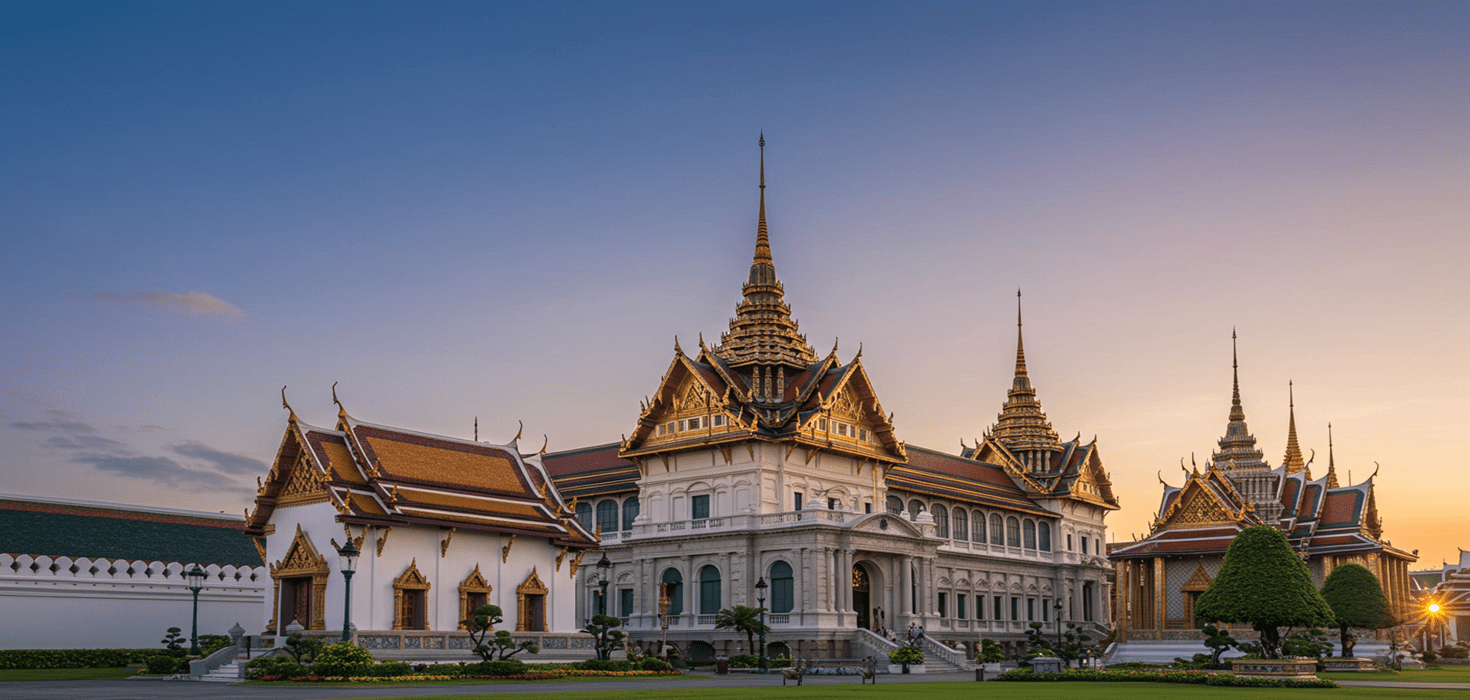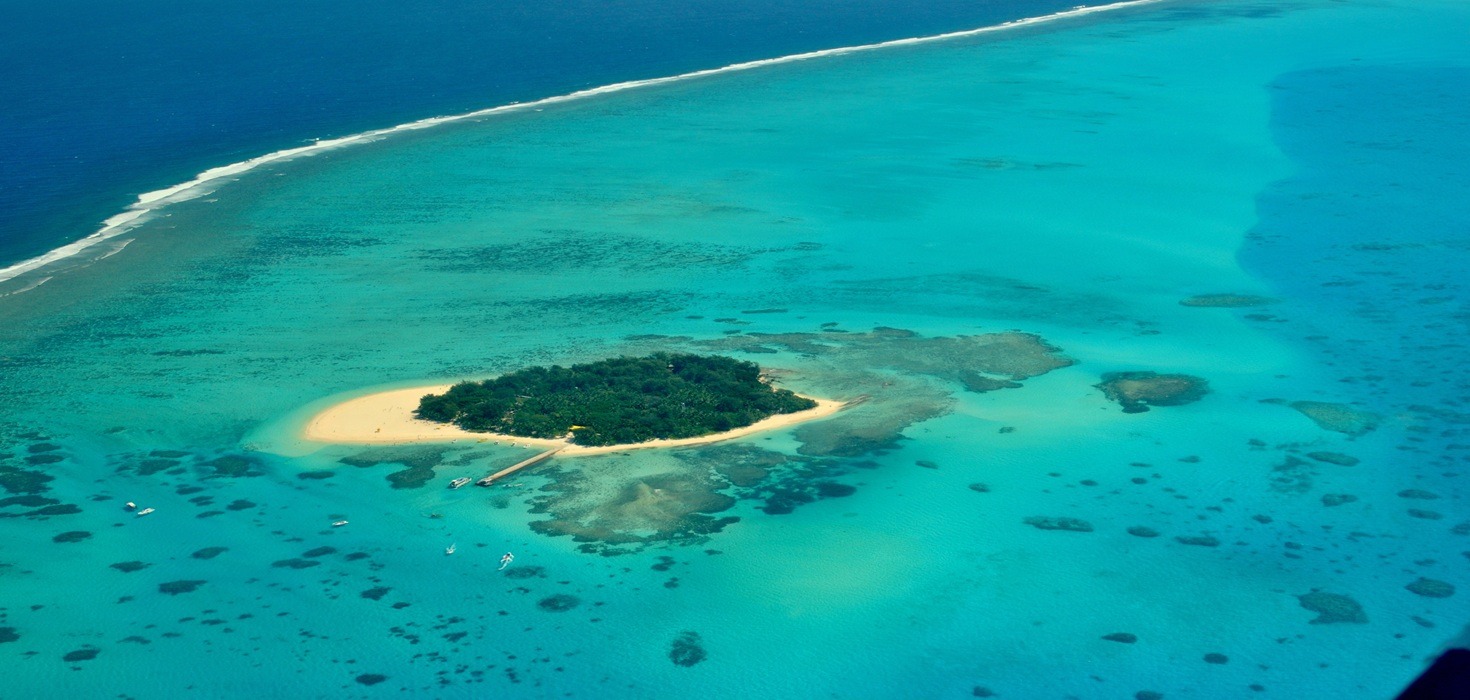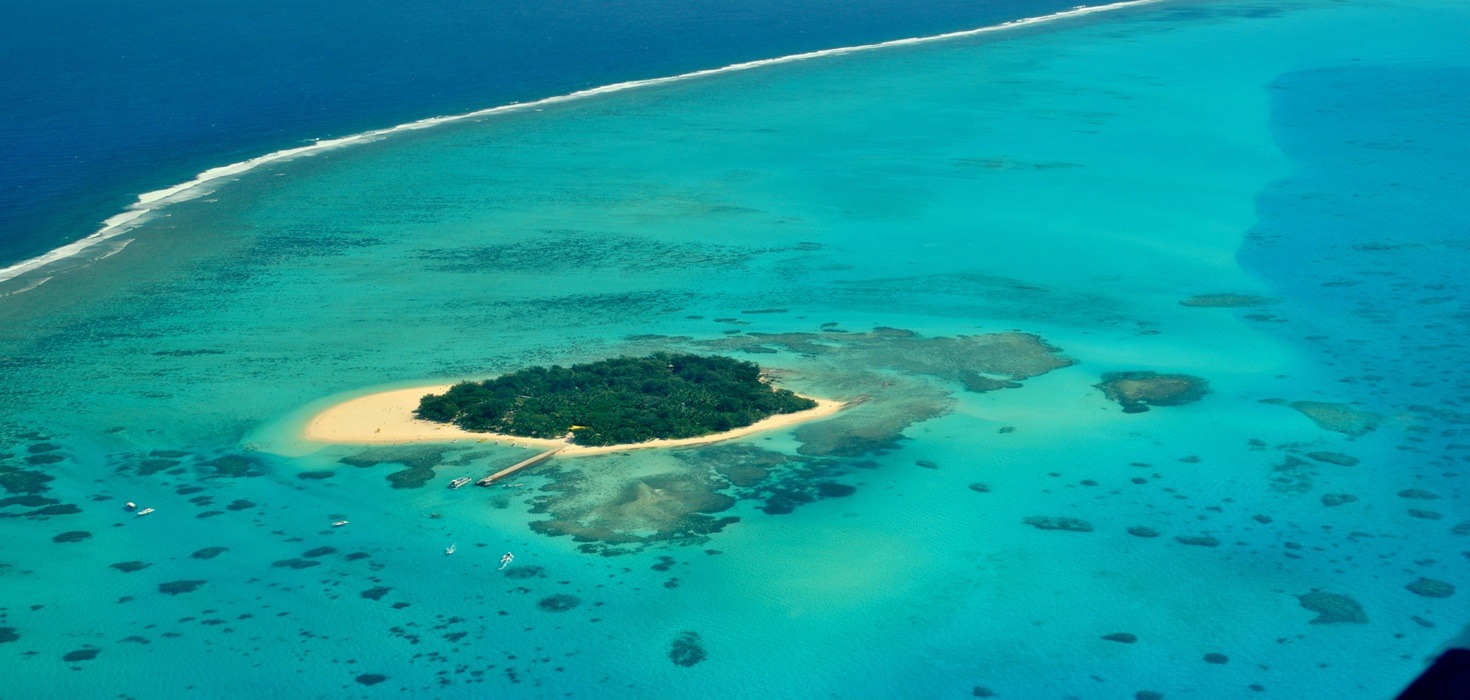Bangkok, Thailand’s bustling capital, is renowned for its vibrant street life and cultural landmarks. But among its most captivating attractions are its numerous temples, or “wats,” which offer serene spaces filled with history, art, and spirituality. Whether you’re a first-time visitor or a seasoned traveler, exploring Bangkok’s temples is a must. This comprehensive guide will take you through the top temples, what to expect, and tips for making the most of your visits.
The Iconic Temples of Bangkok
Wat Phra Kaew – The Temple of the Emerald Buddha
Located within the grounds of the Grand Palace, Wat Phra Kaew is considered the most sacred temple in Thailand. It houses the Emerald Buddha, a highly revered statue made from a single piece of jade. The temple’s intricate architecture and richly decorated buildings are a testament to Thai craftsmanship. Visiting tips: Dress respectfully, as a strict dress code is enforced, and arrive early to avoid crowds.
Wat Arun – The Temple of Dawn
Wat Arun, or the Temple of Dawn, is one of Bangkok’s most famous landmarks. It stands majestically on the Thonburi west bank of the Chao Phraya River. Known for its stunning riverside location and towering spires decorated with colorful porcelain tiles, Wat Arun is especially beautiful during sunrise and sunset. It’s a must-visit for photography enthusiasts. Visiting tips: Climb the central prang for an unparalleled view of the river and cityscape.
Wat Pho – The Temple of the Reclining Buddha
Wat Pho, also known as the Temple of the Reclining Buddha, is another must-see. It’s home to a giant reclining Buddha statue that is 46 meters long and covered in gold leaf. Wat Pho is also known as a center for traditional Thai massage. The temple complex is expansive with over a thousand Buddha images. Visiting tips: Don’t miss the exquisite murals and the massage school within the temple grounds.
Planning Your Bangkok Temple Tour
Planning your temple tour can be a bit overwhelming given the number of temples in Bangkok. It’s best to group temples by their proximity to each other to make your travel more efficient. Here’s a suggested itinerary to help you get started:
Day 1: The Grand Palace and Wat Phra Kaew
Start your journey with the Grand Palace and Wat Phra Kaew in the heart of Bangkok. Spend the morning exploring the palace and temple grounds, marveling at the architecture and learning about Thai history and culture.
- Location: Na Phra Lan Road, Phra Nakhon, Bangkok
- Opening Hours: 8:30 AM – 4:30 PM
- Entrance Fee: 500 THB (Includes entry to Wat Phra Kaew and the Grand Palace)
Day 2: Wat Arun and Wat Pho
Cross the Chao Phraya River to visit Wat Arun in the morning. Enjoy the serene atmosphere and take in the stunning views from the temple’s central prang. Afterward, take a short boat ride or walk across to Wat Pho, where you can spend the afternoon exploring the temple and indulging in a traditional Thai massage.
- Location: Arun Amarin Road, Thon Buri, Bangkok
- Opening Hours: 8:00 AM – 6:00 PM
- Entrance Fee: 100 THB (Wat Arun), 200 THB (Wat Pho)
Day 3: Lesser-Known Gems
Dedicate a day to exploring some lesser-known but equally fascinating temples such as Wat Saket (the Golden Mount) and Wat Traimit (the Temple of the Golden Buddha). These sites offer unique experiences and are less crowded, allowing for a more peaceful visit.
- Location: Wat Saket is on Boriphat Road, Wat Traimit is near Chinatown, Bangkok
- Opening Hours: 7:00 AM – 7:00 PM (Wat Saket), 8:00 AM – 5:00 PM (Wat Traimit)
- Entrance Fee: 50 THB (Wat Saket), 40 THB (Wat Traimit)
Day 4: Exploring Cultural Districts
Spend a day exploring Bangkok’s rich cultural districts that house several notable temples. Begin with a morning visit to Wat Benjamabophit (the Marble Temple), known for its stunning Carrara marble pillars and beautiful gardens. Afterward, head to the Dusit district to visit Wat Benchamabophit and the nearby Vimanmek Mansion, the world’s largest golden teakwood building.
- Wat Benjamabophit Location: Si Ayutthaya Road, Dusit, Bangkok
- Opening Hours: 6:00 AM – 6:00 PM
- Entrance Fee: 20 THB
Day 5: Off the Beaten Path
On your final day, venture off the beaten path to visit some of Bangkok’s lesser-known temples. Start with Wat Ratchanatdaram, home to the Loha Prasat, or Metal Castle, one of only a few such structures in the world. Follow this with a visit to Wat Kalayanamit, a beautiful riverside temple that is often overlooked by tourists.
- Wat Ratchanatdaram Location: Mahachai Road, Phra Nakhon, Bangkok
- Wat Kalayanamit Location: Thonburi, Bangkok
- Opening Hours: 8:00 AM – 5:00 PM
- Entrance Fee: Free
Historical Context and Folklore
The Legend of the Emerald Buddha
Wat Phra Kaew’s Emerald Buddha has an intriguing legend that dates back centuries. According to folklore, the Emerald Buddha once resided in India, and after a series of adventures involving various rulers and countries, it was enshrined in Bangkok in 1784. Today, it symbolizes the independence and strength of the Thai nation.
Myths Surrounding Wat Arun
The majestic prangs of Wat Arun are steeped in mythology. It’s said that the temple was named after Aruna, the Hindu god representing the radiations of the rising sun. The magnificent central prang, adorned with colorful porcelain, symbolizes Mount Meru, a sacred cosmological mountain in Buddhism.
Wat Pho – Home of Traditional Medicine and Massage
Beyond its architectural splendor, Wat Pho has historically been a center for traditional Thai medicine and massage. The temple complex houses inscriptions and murals that serve as a valuable resource on the art of Thai healing. These practices are still taught and practiced in the temple’s massage school today.
Culinary Deep Dive
Local Delicacies Near Wat Phra Kaew
After your visit to Wat Phra Kaew, head to the nearby streets to sample some authentic Thai street food. Try the famous pad thai or mango sticky rice from one of the many vendors around the area. Don’t miss out on Tom Yum Goong, a spicy shrimp soup that is a local favorite.
Riverside Dining by Wat Arun
Enjoy a meal with a view by dining at one of the many riverside restaurants near Wat Arun. These eateries offer a variety of dishes, from traditional Thai cuisine to international options. Dining along the river, especially at sunset, provides an enchanting backdrop to your meal.
Authentic Flavors Around Wat Pho
Close to Wat Pho, you’ll find a multitude of eateries offering traditional Thai dishes. Be sure to try “Kuay Tiew Reua,” or boat noodles, which are a must-try when in Bangkok. For dessert, sample “Thong Yip” and “Thong Yod,” a type of Thai sweet made from egg yolk and sugar.


